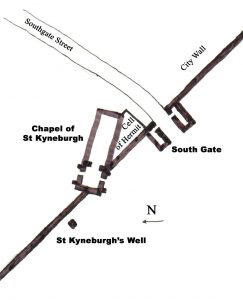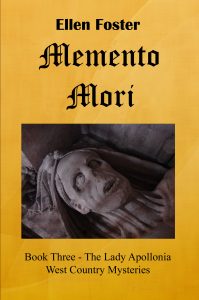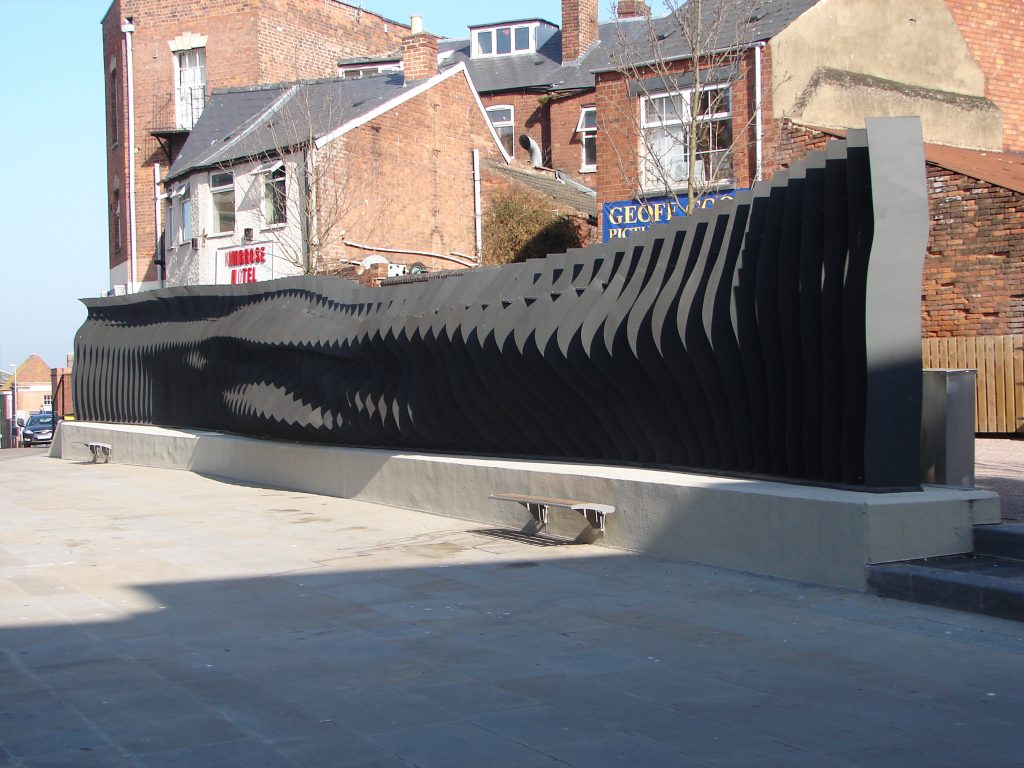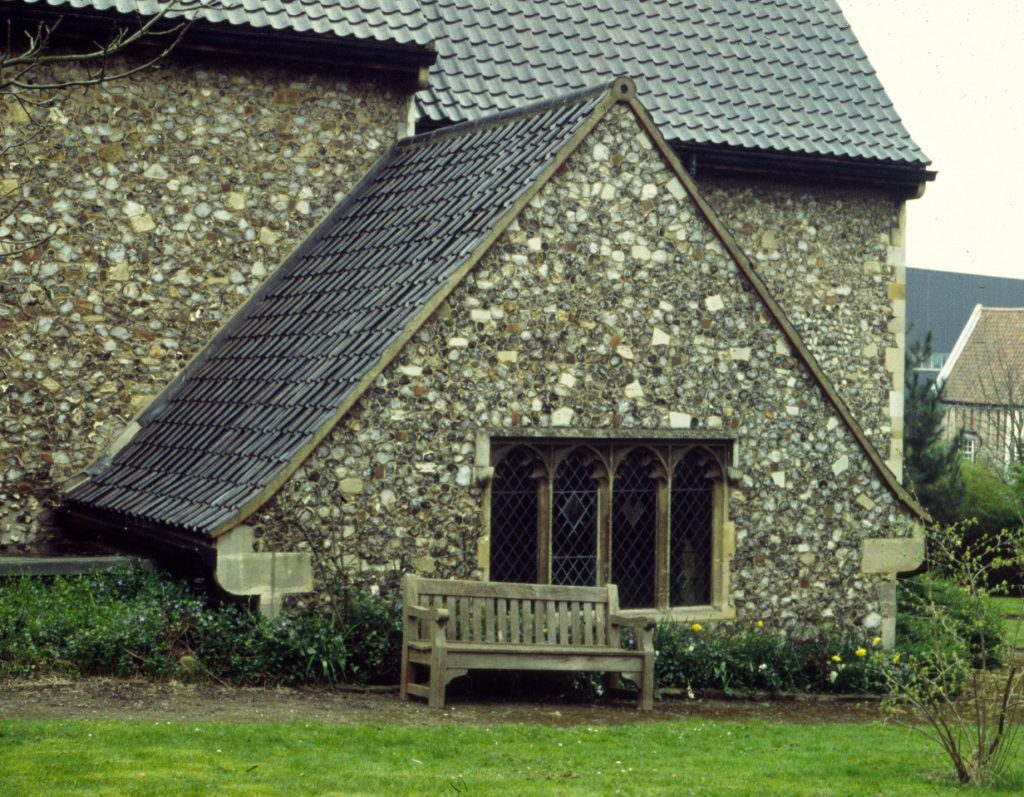My last posting discussed Plague and Death in Memento Mori, the third novel in my Lady Apollonia West Country Mystery Series; its cover of the paperback edition is pictured to the left. The subject matter we shall speak to in this posting will discuss “anchorites.”
Medieval anchorites were religious persons, male or female, who, for personal reasons of religious commitment, withdrew from secular society. They became hermits who, unlike others in monastic life choosing to live in communities, took a vow to locate in one place, called a cell or anchorhold, for the purpose of leading a prayerful and ascetic life alone. This vow was for life and was taken so seriously in Germany that the local bishop often pronounced the Office of the Dead when the anchorite entered his or her cell. This signified the anchorite’s death to the world and his or her dedication to a new, entirely private existence. Anchorites could communicate with people who supported them or sought advice from them through small windows in their cells.
In Memento Mori I have introduced an anchorite whose location or anchorhold was a hermit cell attached to the Chapel of Saint Kyneburgh in Gloucester. This character is based on a real hermit who was known to have lived in the 14th century when this novel is set. The map on the right shows the location of his real cell adjacent to the chapel and close to the South Gate of medieval Gloucester. As was typical of these cells, it would also have had a window or squint looking into the chapel. The hermit was able to observe all services in the chapel and keep an eye on the relics of Saint Kyneburgh. There would have been at least one window in the cell facing out from the cell to the community. This would have allowed the hermit’s needs to be cared for and would have let in daylight.
The picture below shows a modern fence erected along the path of Gloucester’s medieval wall near its South Gate. The Chapel of Saint Kyneburgh and its hermit’s cell no longer exist but would have been located by the right side of this modern fence.
The anchorite character plays a major role in my story. I hope you will enjoy reading Memento Mori to discover what that role is.
In my first book in the series, Effigy of the Cloven Hoof, Lady Apollonia was influenced by Mother Julian, the first woman to publish writings in the English language. Mother Julian was a fourteenth century female anchoress in real life. Among anchorites in medieval England, females such as Mother Julian frequently outnumbered males.
Mother Julian’s location was next to a parish church in Norwich, Norfolk, East Anglia. The picture below shows her cell attached to the south side of the church. The cell had the window shown in the picture which yielded good light in the daytime and another window into the wall of the church that allowed the anchoress to view directly into the chancel area of the church.
My next posting will address still other medieval topics from Memento Mori. Please join us!


